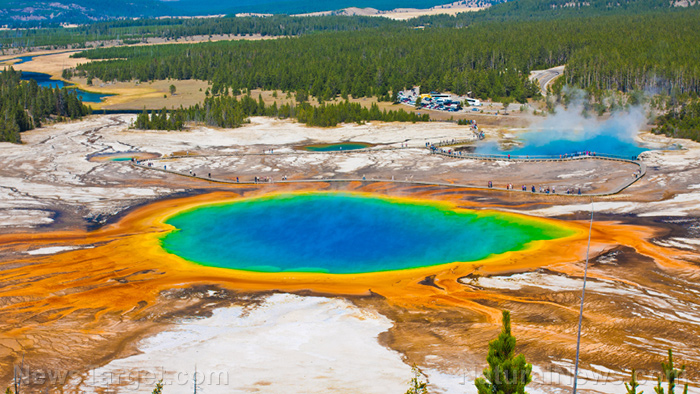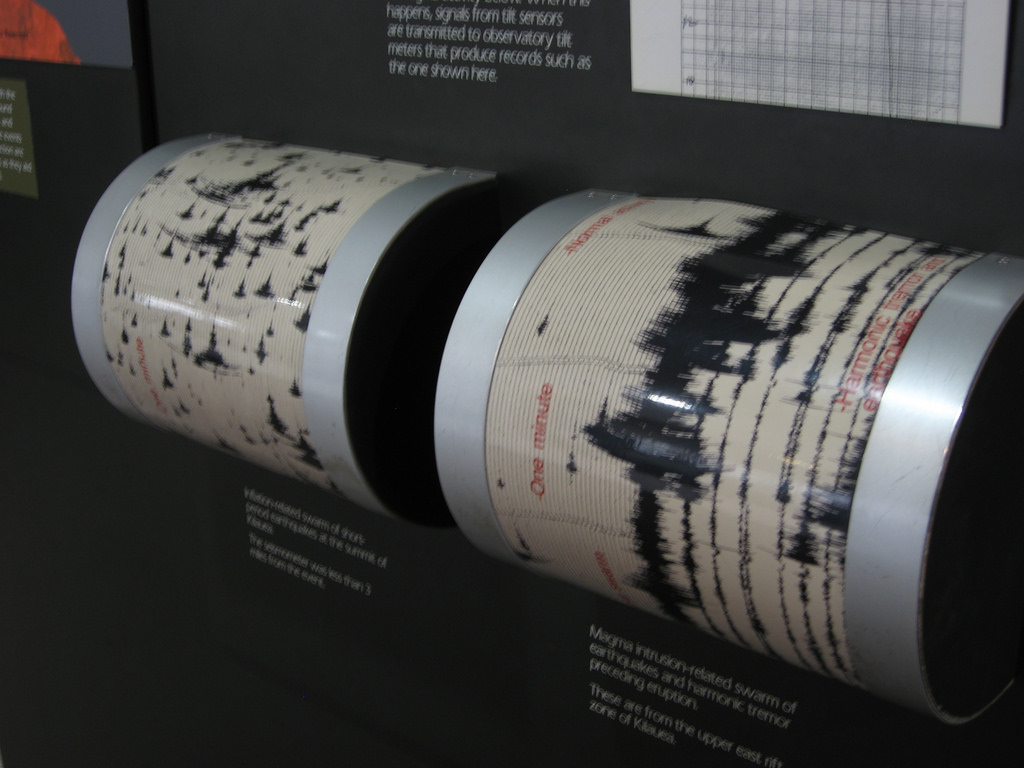
The U.S. Geological Survey (USGS) recently announced that an ongoing earthquake swarm at the Yellowstone National Park supervolcano is now one of the longest ever recorded activity in the volcano's history. The earthquake swarm began on June 12 and has since then made a remarkable record of almost 2,500 earthquakes registered during the previous three and a half months in the western part of the national park. According to the USGS, the ongoing activity is now in close ties with the biggest earthquake swarm recorded in 1985 at more than 3,000 earthquakes over a three-month period.
Data from the USGS' monthly update have shown that up to 115 earthquakes were recorded in September alone, 78 of which are part of the ongoing earthquake swarm located six miles north of West Yellowstone. According to the experts, a magnitude 2.3 earthquake was the biggest swarm reported last month. A USGS statement also indicates that the agency has recorded a one magnitude 4.4 earthquake, 12 magnitude 3 earthquakes and up to 185 magnitude 2 earthquakes since the June 12 swarm.
"The activity has certainly waned drastically since August, and the swarm appears to be winding down, if not completely over. It will probably take a little while longer to declare it 'over'...This is the sort of work that will happen in the months to come, as we gather up all of the available data and start crunching numbers...What we can say now is that through the end of September, the University of Utah has located 2,475 earthquakes in the swarm. This puts the 2017 swarm on par with that of 1985, which lasted three months and had over 3,000 located events," Mike Poland, scientist-in-charge at the USGS’s Yellowstone Volcano Observatory, has told Newsweek online.
Explosive Yellowstone eruption highly unlikely
Seismology experts at the University of Utah Seismograph Stations have been monitoring the swarm since its first activity. According to USGS researchers, the swarm had the highest number of seismic activities within a single week over the past five years. The scientists have ensured that such swarms are common in the area and account for about 50 percent of the total seismic activities in the park. The researchers have also noted that they will continue tracking the seismic activities and provide updates as necessary.
When asked about the prospect of an explosive eruption, the scientists have noted that the Yellowstone eruption could be one thousand times as powerful as the Mount St Helens eruption in 1980. However, the researchers have said that the likelihood of such an eruption is relatively low. (Related: Yellowstone supervolcano ready to blow? Rational analysis says it’s unlikely in your lifetime.)
"Yellowstone hasn't erupted for 70,000 years, so it's going to take some impressive earthquakes and ground uplift to get these things started. Besides intense earthquake swarms...we expect rapid and notable uplift around the caldera. Finally, rising magma will cause explosions from the boiling-temperature geothermal reservoirs. Even with explosions, earthquakes, and notable ground uplift, the most likely volcanic eruptions would be the type that would have minimal affect outside the park itself," the researchers stated in a Daily Mail article.
Sources include:
Please contact us for more information.





















